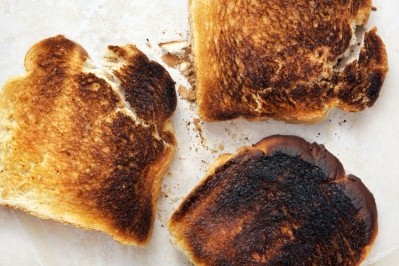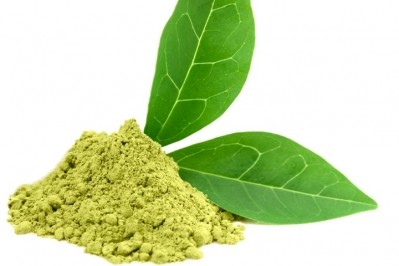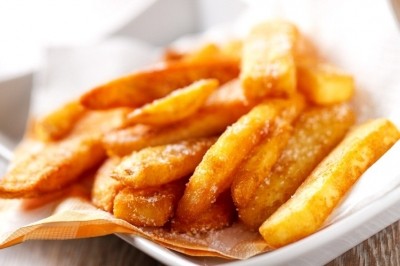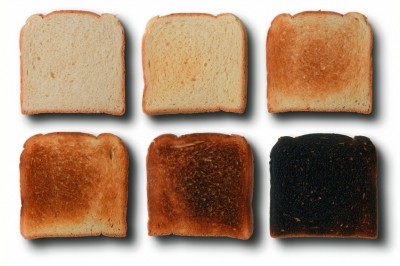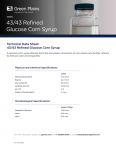Flavonoids for acrylamide reduction: Study

Published in Food Chemistry, researchers from China’s Zhejang University investigated a number of flavonoids and their impact on acrylamide formation. They conducted tests in an asparagine-glucose system based on potato matrix.
Acrylamide - considered a carcinogenic to humans – is formed during Maillard reactions and the browning process of production from cooking or heating.
Findings showed certain flavones (tricin, apigenin and lutolin) and isoflavones (daidzin, genistin, daidzein and genistein) could inhibit acrylamide formation at a maximum rate of between 19.6-52.1%.
“The results of the dose-dependent reduction study showed that the acrylamide levels of Maillard reduction products in all flavonoid treatment groups were significantly lower than the levels in control groups, indicating that all flavone and isoflavone candidates could effectively inhibit the formation of acrylamide during microwave heat processing,” the researchers wrote.
Overall, flavones showed better inhibitory effects than isoflavones, they added.
Warning: Net balance crucial
However, the researchers warned that high concentrations of flavonoids could work to the contrary.
Because flavonoids were effective antioxidants they could react with key Maillard reaction intermediates thus inhibiting formation, they said, but also trigger sugar decomposition and ultimately contribute to acrylamide formation.
The net effect therefore depended on the levels of antioxidants – a factor important to measure, the researchers claimed.
“The current study indicated that flavonoids favored the reduction of acrylamide when a moderate but not high level was selected.”
Predicting antioxidant activity
The artificial neural network (ANN) and multiple linear regression (MLR) models were well suited to measuring the overall antioxidant capacity of Maillard reaction products, the researchers said.
“The current predictive model study provides a low-cost and easy-to-use approach to the estimation of rates at which acrylamide is degraded, while avoiding tedious sample pre-treatment procedures and advanced instrumental analysis.”
The models could be considered useful predictive tools for estimating decreased acrylamide formation by food antioxidants and could be applied to microwave heating food processing, they said.
This was especially relevant given how important use of flavonoids in antioxidant foods had become, they added.
The researchers published earlier work in 2008 that found flavonoid-rich bamboo leaves and green tea could significantly reduce acrylamide formation in an equimolar asparagine-glucose Maillard reaction system.
Source: Food Chemistry
Published online ahead of print, doi: 10.1016/j.foodchem.2014.07.008
“Antioxidant-capacity-based models for the prediction of acrylamide reduction by flavonoids”
Authors: J. Cheng, X. Chen, S. Zhao and Y. Zhang
